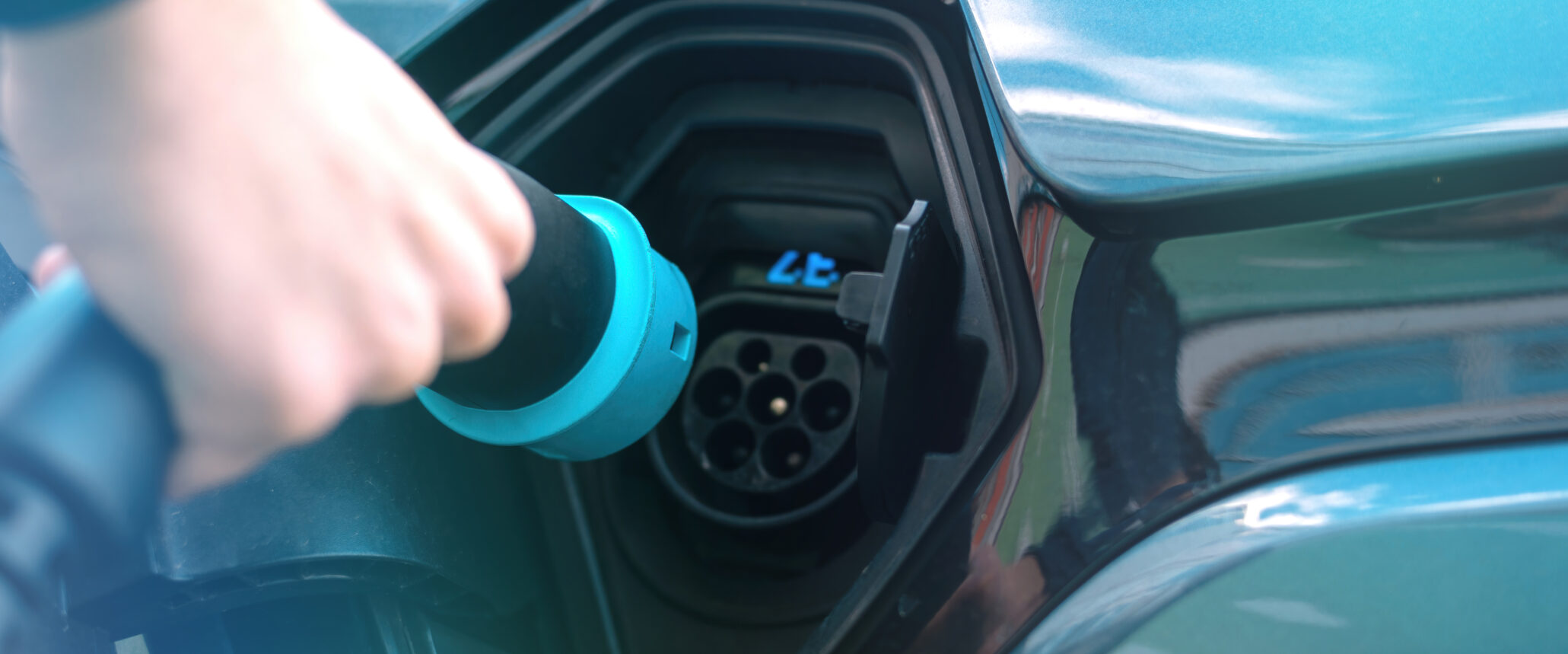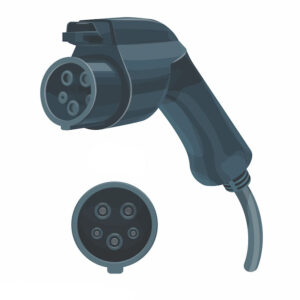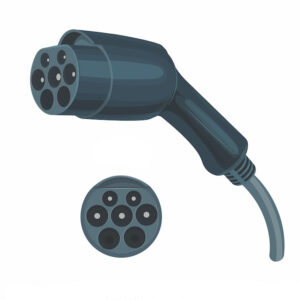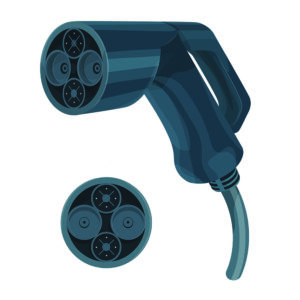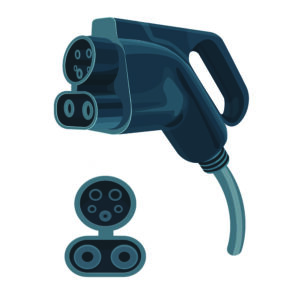You may wonder what the different types of EV connectors are, why there are so many, and in which situations you may need them.
A good rule of thumb is to know what your specific model needs and when: Some connectors are for AC charging, while others are used for DC charging.
If you want to learn more, you’re in the right place!

